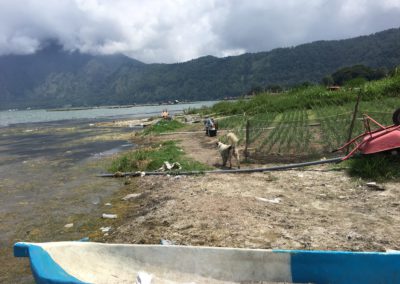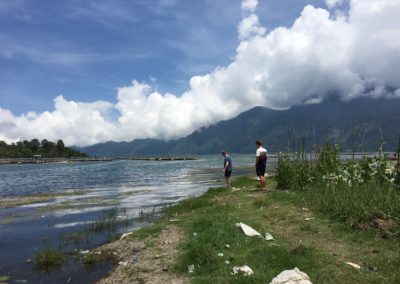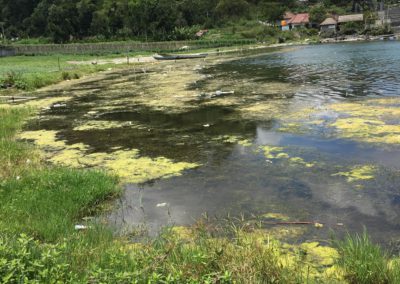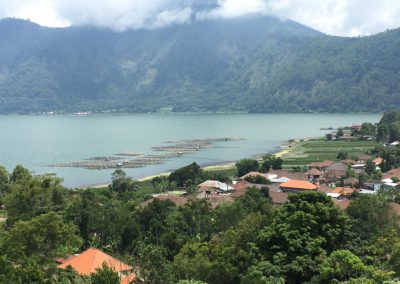Future of Batur Lake
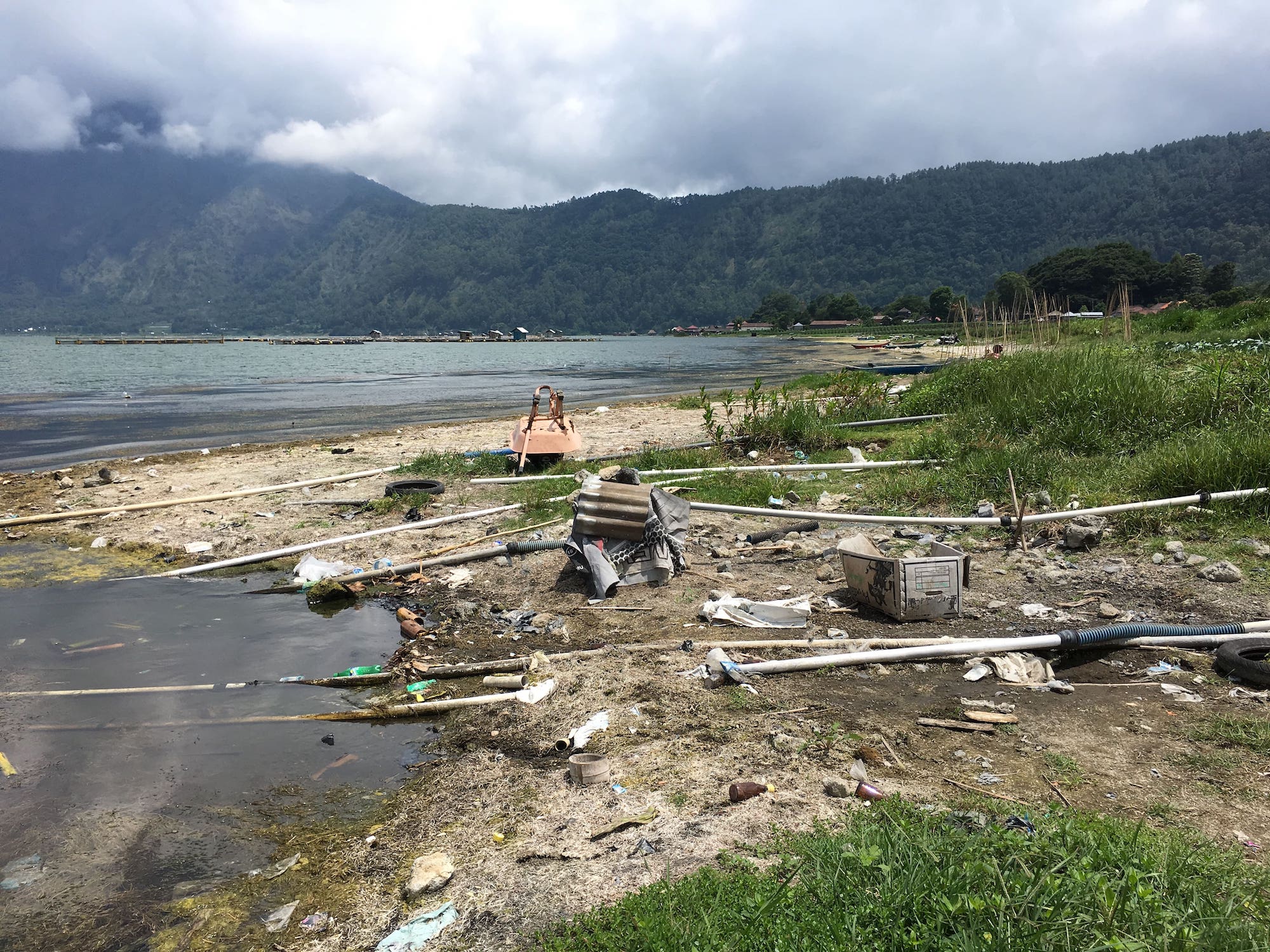
Batur is the largest lake on Bali, located in a UNESCO site in Bangli district. The place has long been one of the most attractive tourist destinations of the tropical island, due to its picturesque sights and untouched nature. Besides, Batur is an important source of water for local households, irrigation, as well as a transport route.
However, few people know that Batur is the center of tilapia (Oreochromis niloticus) fish farming with Floating Net Cages (FNC) technology. This technology pollutes the lake by creating a thick layer of organic bottom sediments
A group of Indonesian and Russian scientists conducted an extensive economic and ecological analysis of the farming on the lake to determine the potential of its development.
According to the Bangli investment plans, 5% of the lake’s surface (83,35 ha) can be used for fish farming. At the moment, though, fish farmers use only 6,28 ha
In the course of the research, which included economic analysis of the farming process, structure of investments, productivity, efficiency, the scientists proved that farming on the whole available territory can be feasible and profitable.
Yet, the analysis also showed that the water samples that were taken in three sampling points in various depths included anomaly high amount of pollutants: phosphor, carbon, nitrogen. The scientists believed that that had caused outbreaks of growth of cyanobacteria and heterotrophic bacteria, which triggered a sharp decrease in dissolved oxygen and loss of fish. The analysis of water samples also demonstrated a high amount of toxins in bottom sediments.


Besides, the analysis of water composition indicated that the toxins may come from economic activity. Batur’s ecosystem is not capable to sustain its ecological condition anymore. The low quality of water as well as the negative tendencies may negatively affect the quality of aquaculture, product and cause harm to local people, who drink this water.
Thus, the analysis of economic feasibility shows that fish farming is still profitable. At the same time, Batur is in troubling ecological condition, which, as the research shows, can get worse if the fish farming is growing extensively. Further research on pollution source could be the key to find a way to save the fragile ecosystem of the lake and develop strategies for its restoration. This research also proves that each pollution case is unique and requires a careful assessment of chemical, biological, natural and social factors.
In April 2019, University of Udayana hosted an international workshop «Prospects of the Introduction of Scientific Achievements in Advanced Agriculture Practice», in the framework of which the participants decided to develop special technologies to restore the Batur lake.
Research:
Indonesia I WAYAN BUDIASA, I GUSTI NGURAH SANTOSA, I GUSTI AGUNG AYU AMBARAWATI, I KETUT SUADA, I NYOMAN SUNARTA, NATALIYA SHCHEGOLKOVA, Feasibility study and carrying capacity of Lake Batur ecosystem to preserve tilapia fish farming in Bali, Indonesia / BIODIVERSITAS. ISSN: 1412-033X Volume 19, Number 2, March 2018 E-ISSN: 2085-4722. Pages: 613-620 DOI: 10.13057/biodiv/d190232

